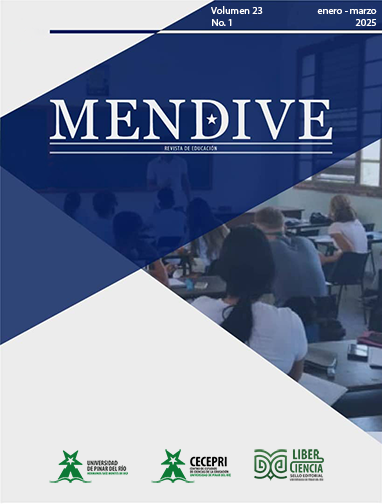The influence of performance audit on the management of the Peruvian Ministry of Education
Main Article Content
Abstract
Performance audits are common in the public sector and in the management of the education sector in Peru. The objective of the article is to present the most appropriate strategies, in the context of a proposal for a change in operational policies, to optimize the performance audit carried out in Peruvian public education. The paradigms of its application in the education sector were identified as its advantages and limitations, considering the adequate use of its budgetary and patrimonial resources, as well as the suitability of its processes and its results; evaluating the effectiveness, efficiency, economy and quality of its educational services in its entirety, the production and delivery of the goods or services it carries out with the purpose of achieving results for the benefit of the citizen. The study population was a set of 15 performance audit reports applied in the education sector. The methodology used was the application of the Multiobjective decision system. Optimization The Ministry of Education has a Ratio Analysis (MOORA) based on a systematic analysis of the audit reports cited and the criteria resulting from the literature review. The results were the identification of three main strategies. The improvement in the management of the Ministry of Education includes the modernization of its control mechanisms, so that the service providers (state organizations) are more effective in their mission of achieving the common good. The management of the Ministry of Education only has a chance of being successful if it has effective control systems.
Downloads
Article Details

This work is licensed under a Creative Commons Attribution-NonCommercial 4.0 International License.
References
Brusca, I., Gómez-Villegas, M., & Montesinos, V. (2016). Public Financial Management Reforms: The Role of Performance Auditing. Public Money & Management, 36(7), 482-488.
Funnell, W., & Wade, M. (2012). Performance Auditing: Conceptual and Practical Issues. International Journal of Public Sector Management, 25(5), 398-412.
Guthrie, J., & Parker, L. (2019). The Role and Impact of Performance Audit in Public Governance. Public Money & Management, 39(3), 191-200. https://link.springer.com/chapter/10.1007/978-3-319-50164-2_2
Jeppesen, K. K., & Loft, A. (2017). Strategic and Institutional Challenges in Performance Auditing. Financial Accountability & Management, 33(1), 4-27. https://repository.essex.ac.uk
Johnsen, Å., et al. (2019). Performance Auditing in the Public Sector: A Systematic Review. Financial Accountability & Management. https://repository.essex.ac.uk
Jovanoviæ, M., & Pravdiæ, M. (2010). Balanced Scorecard in the Public Sector. International Public Management Journal, 13(4), 321-338. https://journals.sagepub.com
Parker, L., & Guthrie, J. (2021). The Role and Impact of Performance Audits on Public Governance. Public Money & Management, 41(3), 129-140.: https://link.springer.com/chapter/10.1007/978-3-319-50164-2_2
Pollitt, C. (2003). Performance Audit in Western Europe: Trends and Directions. Public Performance & Management Review, 26(3), 265-283.
Power, M. (1997). The Audit Society: Rituals of Verification. Oxford University Press. https://academic.oup.com
Rana, M., Parker, L., & Guthrie, J. (2021). Systematic Literature Review of Performance Auditing in Public Sector. Journal of Financial Accountability, 47(2), 134-148. https://www.journalrepository.com
Victorian Auditor-General's Office. (2018). Performance Reporting Systems in Education. Victorian Auditor-General's Report. https://www.audit.vic.gov.au


